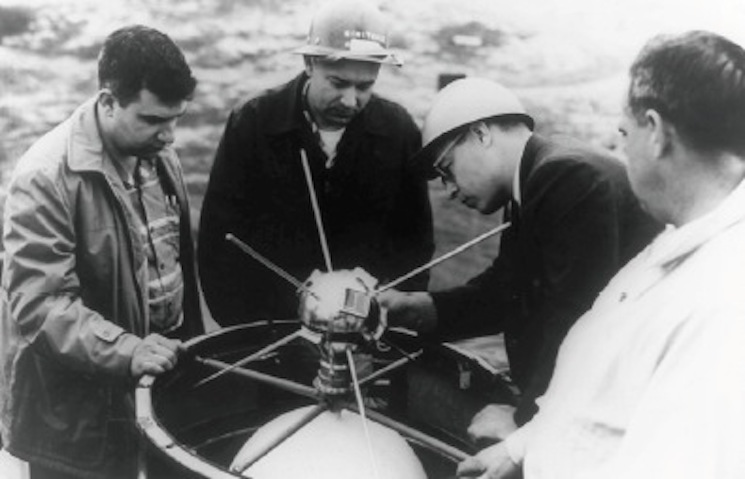February 28, 2014


absorber-emitter to convert sunlight to
heat energy, then to electrical power. Photo: MIT
MIT is developing a new way to harvest and store solar energy that uses wavelengths of light that would otherwise be wasted. The process uses an intermediate material that glows red with heat as it collects energy from a broad spectrum of sunlight, emitting light of a wavelength tuned to match the bandgap of the nearby photovoltaic (PV) cell. By circumventing the Shockley-Queisser limit, a theoretical limit on the conversion efficiency of semiconductor PV devices, the approach offers the potential to increase solar efficiency and simplify energy storage using heat.
The research team was funded by DOE through MIT’s Solid-State Solar Thermal Energy Conversion (S3TEC) Center, the Martin Family Society, the MIT Energy Initiative and the National Science Foundation.




